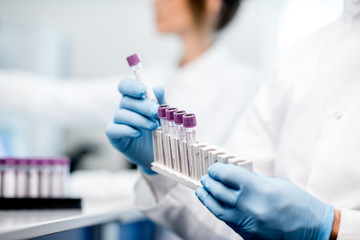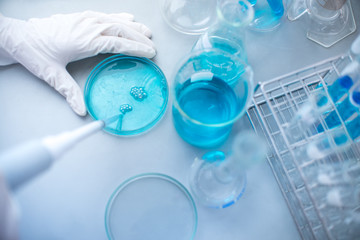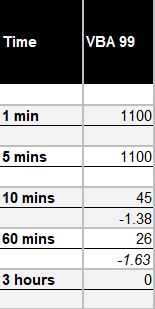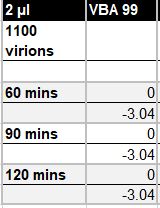The biocidal properties of copper have been known for centuries. Contaminated surfaces are known to contribute to infection spread therefore, the use of bactericidal and anti-viral surfaces could potentially reduce the incidence of horizontal disease. The potential use of copper alloys as microbicidal surfaces has demonstrated excellent antibacterial and anti-viral activity against a range of pathogens in laboratory studies (1,2). Copper ion release has been found to be essential to maintaining efficacy, but the mechanism of action is variable (3). A reduction in microbial bioburden and acquisition of nosocomial infection has also been observed in clinical trials of incorporation of copper alloy surfaces in health care facilities (4).
University of Southampton Studies
Last October 21′, BA Systems were given a grant by Innovate UK following a submission of details on our recently developed product for Handrails & Key Touch Surfaces which we felt could assist in preventing the spread of infection as part of our response to the Global Pandemic. Particularly for application on handrails, we felt it this offering of an antimicrobial handrail could easily be added to our range to provide an offering that could meet the demand of the market.
We have been working with the University of Southampton on Testing the Material and carried out several studies to determine it’s efficacy to inactivate human coronavirus sars-cov-2. The Study detailed two main tests:
Study 1 – Tests carried out on VBA99 and 4 other surfaces at 1 minute, 5 minutes, 10 minutes, 1 hour and 3 hours
Study 2 – Tests carried out on VBA99 at 1 hour, 1.5 hours and 2 hours
Results Obtained
A fresh batch of the virus was prepared in July 2020 and was used in all tests (2 ul ‘equivalent 1100 virus particles’ SARS-CoV-2 added to control or BA Systems samples for the times specified)
Mean of duplicate tests shown.
Results show that VBA99 partially inactivates SARS-CoV-2 within 10 minutes with no viable virus being present by 3 hours. Our positive control copper coupon inactivates the virus slightly quicker, with no virus being detectable at 10 minutes. Log reduction shown in below the line – 3.04 is the maximum log-reduction available for this assay, equivalent to no infectious virus remaining.
Because the tests were completed at 1 hour and 3 hours, we weren’t able to see the exact time the virus was inactive, so we carried out some further testing:
Results show that VBA99 inactivates SARS-CoV-2 by 60 minutes with no viable virus being present at any of the time points tested.Log reduction shown in brackets (xx). 3.04 is the maximum log-reduction available for this assay, equivalent to no infectious virus remaining.
To find out more, contact us for full report details!
Contact Form
REFERENCES
1. Wilks SA, Michels H, Keevil CW. 2005.
The survival of Escherichia coli O157 on a range of metal surfaces.
Int J Food Microbiol 105:445–454. http://dx.doi.org/10.1016/j.ijfoodmicro.2005.04.021
2. Warnes SL, Keevil CW. 2013.
Inactivation of norovirus on dry copper alloy surfaces.
PLoS One 8:e75017. http://dx.doi.org/10.1371/journal.pone.0075017.
3. Warnes SL, Caves V, Keevil CW. 2012. Mechanism of copper surface toxicity in Escherichia coli O157:H7 and Salmonella involves immediate membrane depolarization followed by slower rate of DNA destruction which differs from that observed for Gram-positive bacteria.
Environ Microbiol 14:1730 –1743. http://dx.doi.org/10.1111/j.1462
4. Salgado CD, Sepkowitz KA, John JF, Cantey JR, Attaway HH, Freeman KD, Sharpe PA, Michels HT, Schmidt MG. 2013.
Copper surfaces reduce the rate of healthcare-acquired infections in the intensive care unit.
Infect Control Hosp Epidemiol 34:479–486. http://dx.doi.org/10.1086/670207.





